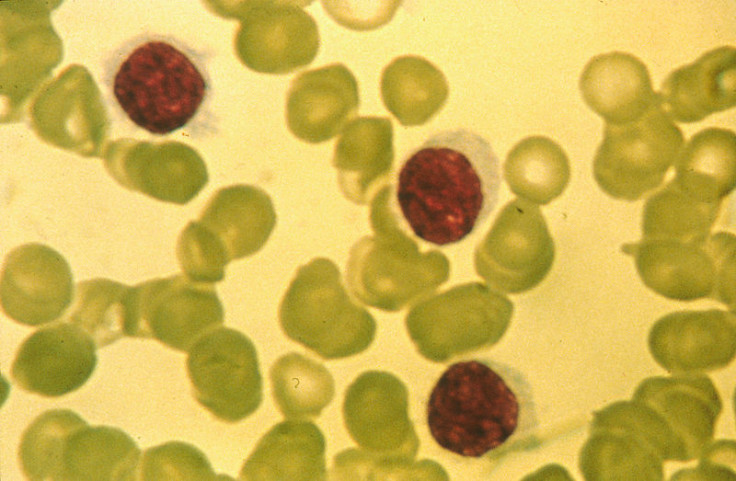Rare disease day: History, facts and 'patient voice, making the voice of rare diseases heard' theme

Rare disease day is observed annually on the last day of February. The aim is to raise awareness about various conditions that would otherwise remain in the dark.
2016 marks the ninth anniversary of the campaign, and this year, its focus is on the millions of patients worldwide affected by one of more than 6,000 rare diseases that exist.
With a strong "Join us in making the voice of rare diseases heard", the organizers hope to make people understand, through the voices of the patients, what it is to live with such illnesses and what can be done to help.
Choosing such a theme for the day is not without meaning. It is a way of acknowledging the crucial role that patients play in bringing about positive change as they voice their needs and their hopes.
The idea is also to appeal to the general public, to remind that everyone is needed to help patients break the situation of isolation they sometimes find themselves stuck into. The campaign makes sure that even though the diseases are rare, they are not forgotten about.
What is a rare disease?
Also known under the name "orphan disease", the definition of a rare disease vary from a region to another. In the US for instance, a disease is considered rare when 200,000 Americans or fewer suffer from it (one in 160 people). In Europe, rare diseases refer to any condition that affects 1 in 2,000 persons.
In both cases, it affects a proportion of the population so small that very little is known about the disease and very little research is carried out.
What challenges do patients face ?
Because of the relatively low level of scientific knowledge on orphan diseases, it is often difficult to pinpoint the disease's origins and to come up with the right therapeutic response. Rare diseases are characterized by a whole range of very different symptoms. No disease is similar to another, and symptoms can even vary between two patients suffering from the same condition, making it even more difficult to come up with treatments.
Another major problem is the fact the symptoms are never really specific and could be the result of a number of more common illnesses. This often leads to misdiagnosis and to delays in receiving the appropriate treatment.
History and significance of World Disease Day
It is precisely to address those important challenges that World Disease Day was created nine years ago. The campaign was first launched in Europe by Eurodis, a non-governmental alliance of rare disease patients' organisations.
However, it has gained momentum in the last few years, becoming an international phenomenon, especially when the US joined in 2009. More than 80 countries now celebrate it, and hundreds of cities will be holding events on Monday. The complete list can be found on the Rare Disease Day website. Some countries have gone even further in the past. Spain for instance made 2013 the year of Rare Diseases.
Rare Disease Day has been successful in putting rare diseases in the spotlight. Although there is still a long way to go, efforts are being made every day as scientists from different countries share the information they have and cooperate to find new treatments and diagnosis tools.
Facts about rare diseases
The term "rare disease" covers a wide range of disorders and illnesses. To name but a few of them : lymphocytic leukemia, cystic fibrosis (characterized by an obstruction of the lungs by mucus), Duchenne muscular dystrophy ( a degeneration of the muscles) , microcephaly (an abnormally small head), Tourette's syndrome (a neurological disorder).
In total, more than 6,000 diseases could be classified as "rare". However, the number of person affected vary greatly from one disease to another. For about 50 of them, there are thousands of patients, but for around 500 diseases, the number of patients can be counted in hundreds. And for thousand of those diseases and disorders, only about 10 people are affected in each case.
A majority of those diseases, as much as 80%, could be caused by genetic factors. For the rest of them, environmental factors, infections or even allergies are to blame. Around 65% are considered to be very serious and can cause the person to lose all autonomy.
Rare diseases affect between 25-30 million people in the US (about 1 American in 10) and approximately 30 million people in the European Union (3.5 million in the UK). About half of the individuals affected are children.
© Copyright IBTimes 2025. All rights reserved.






















